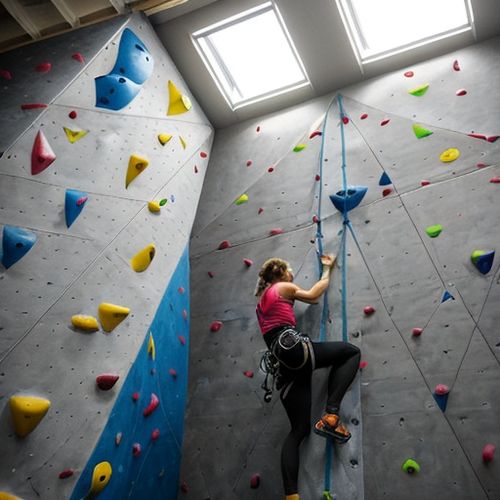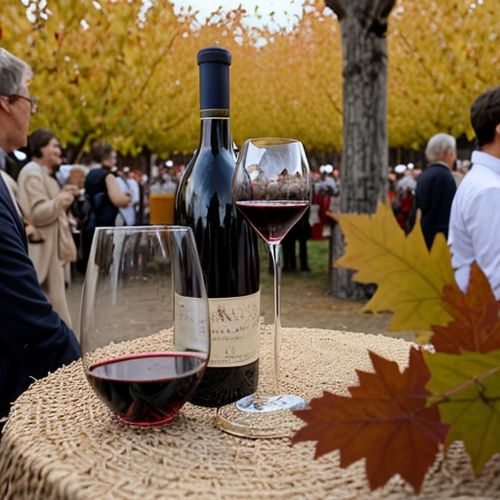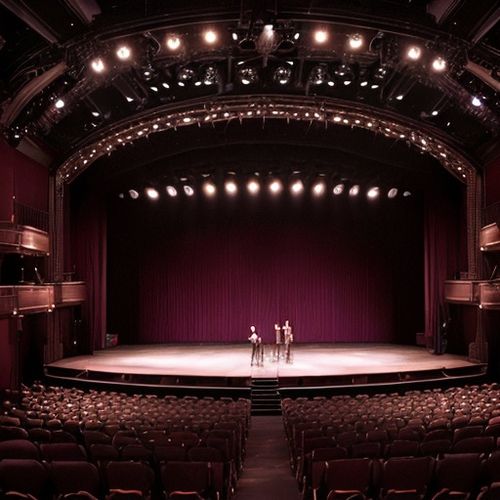The world of indoor climbing has undergone a remarkable transformation in recent years, evolving from a niche training tool for outdoor enthusiasts to a mainstream sport with its own culture, competitions, and dedicated facilities. Climbing walls, once simple structures with rudimentary holds, have become sophisticated training grounds that challenge both body and mind. This shift reflects broader changes in how people approach fitness, recreation, and community building in urban environments.
Modern climbing gyms bear little resemblance to their predecessors. Gone are the days of plain concrete walls with a handful of screw-on holds. Today's facilities feature textured surfaces that mimic real rock, adjustable angles that can simulate everything from gentle slabs to overhanging roofs, and dynamic lighting systems that create immersive experiences. The holds themselves have become works of art - sculpted into organic shapes that challenge grip strength and technique while reducing strain on joints. These advancements have made indoor climbing more accessible while still providing endless challenges for experienced climbers.
The social dimension of climbing walls might be their most significant contribution to urban life. Unlike traditional gyms where people often work out in isolation, climbing facilities naturally foster interaction and camaraderie. The shared challenge of solving boulder problems or supporting a partner on a rope climb creates bonds between strangers. Many gyms have become community hubs, hosting events ranging from yoga classes to environmental fundraisers. This social aspect helps explain why climbing gym memberships tend to have higher retention rates than conventional fitness centers.
Technological innovations continue to reshape climbing wall design. Augmented reality systems now allow routes to change digitally without physical adjustments to the wall. Smart holds equipped with pressure sensors provide real-time feedback on technique. Some facilities even incorporate virtual reality to simulate famous outdoor climbs from around the world. These technologies don't replace the physical challenge of climbing but enhance the training experience and make skill development more measurable.
Competitive climbing has been one of the biggest drivers of wall innovation. Since sport climbing's inclusion in the Olympics, wall designs have become more standardized for competition while simultaneously more creative in their problem-setting. Competition walls now feature dramatic angles and volumes that challenge climbers to think three-dimensionally. The routes - or "problems" in bouldering - are carefully crafted to test specific skills, from explosive power to delicate balance. This competitive aspect has brought new audiences to the sport and inspired countless recreational climbers to push their limits.
The environmental impact of climbing walls has become an increasing focus for manufacturers and gym owners. Early walls often used materials with high carbon footprints and questionable durability. Today's walls increasingly incorporate recycled materials, sustainable woods, and non-toxic resins. Some forward-thinking facilities even generate their own power through wall-integrated solar panels. These ecological considerations reflect the outdoor climbing community's traditional environmental ethic now being applied to indoor training spaces.
Climbing walls have also become important educational tools. Many schools and universities now include climbing walls in their physical education programs, teaching students not just physical skills but problem-solving and risk assessment. Therapeutic programs use climbing to help people with physical disabilities, mental health challenges, or social integration needs. The adaptable nature of climbing walls makes them uniquely suited to these diverse applications - the same wall can challenge an elite athlete in the morning and support a child's developmental therapy in the afternoon.
Looking ahead, the evolution of climbing walls shows no signs of slowing. Architects are experimenting with climbing surfaces integrated into building facades and public art installations. Researchers are developing "smart walls" that can automatically adjust difficulty based on a climber's ability. As urban populations grow and outdoor spaces become more crowded, these artificial climbing environments will likely play an increasingly important role in bringing the physical and psychological benefits of climbing to more people. The humble climbing wall has become far more than a training tool - it's now a medium for physical expression, social connection, and technological innovation.

By George Bailey/Apr 28, 2025

By Lily Simpson/Apr 28, 2025

By Grace Cox/Apr 28, 2025

By David Anderson/Apr 28, 2025

By Megan Clark/Apr 28, 2025

By Natalie Campbell/Apr 28, 2025

By Olivia Reed/Apr 28, 2025

By Rebecca Stewart/Apr 28, 2025

By Eric Ward/Apr 28, 2025

By Grace Cox/Apr 28, 2025

By Noah Bell/Apr 28, 2025

By George Bailey/Apr 28, 2025

By Michael Brown/Apr 28, 2025

By Samuel Cooper/Apr 28, 2025

By Laura Wilson/Apr 28, 2025

By David Anderson/Apr 28, 2025

By Noah Bell/Apr 28, 2025

By Benjamin Evans/Apr 28, 2025

By Megan Clark/Apr 28, 2025

By Noah Bell/Apr 28, 2025